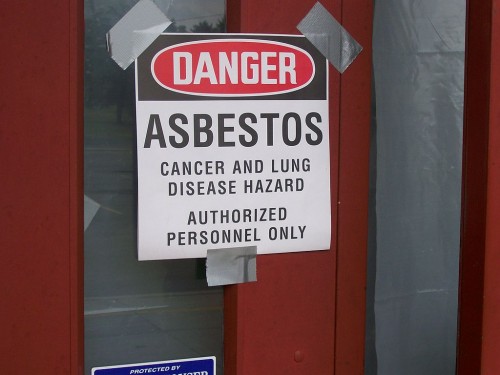Whether blue, brown or white; chrysotile, amosite or crocidolite, asbestos’ presence must be considered in all construction and demolition.
In the interim, individuals and organisations need their asbestos to be assessed, encapsulated or removed; resulting in a number of public sector contract opportunities in the asbestos industry.
Reading the tender specification
When searching for relevant contract opportunities, asbestos contracts fall loosely under two headings: removal or testing. Contract notices can be complicated and confusing at the best of times, so it is imperative that you understand what the contract is for and whether you can provide the services required at a quality standard and economic price.
Asbestos is frequently hidden away in the body of another part of a contract (or as a lot). For example, it may be included in construction or demolition works, so ensure that you read and understand the tender writing specification. At this stage you should also undertake an analysis as to whether your company is eligible to bid for the contract and has a good chance of being successful.
Methodology
Due to the nature of asbestos, the description of your processes must be concrete, with responsibilities for your employees identified within your responses. While flocking may have worked for asbestos, it will not work for your tender so you must be able to encapsulate your procedures precisely and use this as a differentiator against your competitors.
Throughout the bidding process it is important to remember it is above all a competition, and you must not only meet all of the contract requirements, but give the contracting authority reason to value your company above all other bidders. Back up your processes and methodology with evidence, statistics and specific case studies to stand out.
Environmental Management
Asbestos is a category 1 carcinogen, so if you are bidding for an asbestos removal contract, it is imperative that you have a detailed disposal plan in place. For some bids, a picture is worth a thousand words, so try to incorporate your procedures into a flow chart. This would save room to explain your protocol precisely, stating individuals’ responsibilities at each stage.
Remember; an eye for detail can make all the difference in the tendering process so sense check your work, review your responses and leave no margin for error.
ISO certifications
Some bids will outline specific certification criteria in the contract specification, but before this stage it is important to seek out the best certifications for your company to obtain. While ISO 9001 and ISO/IEC 17000 ensure audited management systems and are sought-after certifications, ISO/IEC 17020 emphasises all of the above, as well as monitoring the ability to manage impartiality and conflicts of interest. It also goes on to cover the technical competence of people, inspection processes and relevant equipment. All of the above are important to any commercial work, but are of particular importance with potentially hazardous contracts such as asbestos.
Further assistance
At Executive Compass, we draw upon our collective experience and specific skill set to help companies secure both public and private sector contracts. Whether your business is in removing, encapsulating or testing asbestos, we can help you to deliver a tender that reflects the expertise of your company. Contact our Bid Team today for free on 0800 612 5563.
